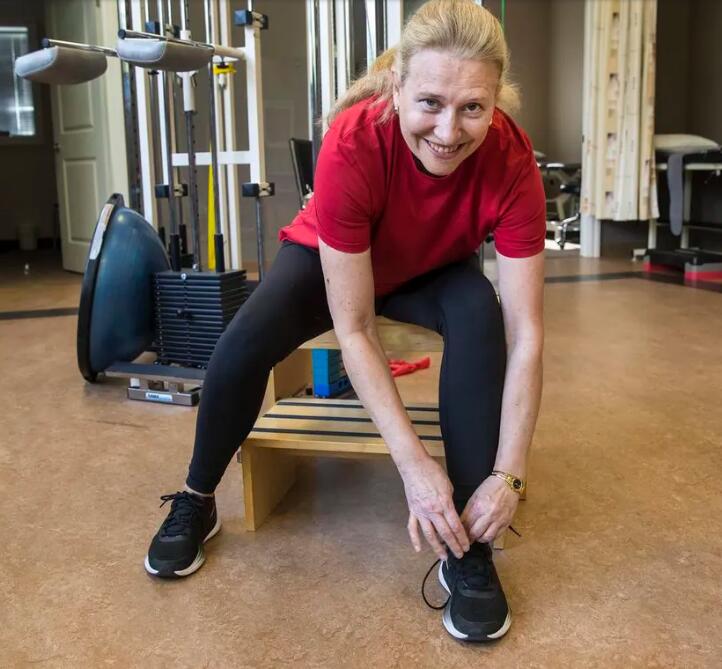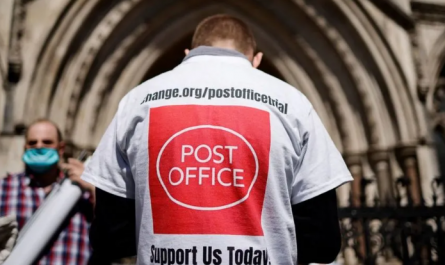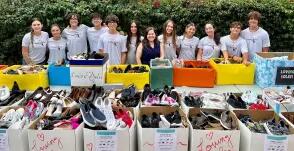Jane Oldfield’s favourite Mother’s Day gift this year was a pair of new Lululemon Blissfeel running shoes, conceived and designed specifically for female feet.
The Peterborough-based physiotherapist says the sneakers pad her heel and hug her narrow midfoot, better than the ASICS model she usually wears, and allow her to work 10-hour standing shifts and run three times per week, all while staving off an old plantar fasciitis injury.
“I have a very narrow foot, and this shoe fits it like a glove,” she said. “I’ll probably buy a pair for running and a pair for work.”
The Blissfeel hit the market on March 8, following a research and development process that scanned the feet of more than one million women in the span of four years, according to the Vancouver-based athleisure company. The resulting sneaker’s weight (8.9 oz), price ($198) and heel to toe drop (9.5mm) is comparable to other running shoes. But its narrow heel, Hoka One One snug moisture-wicking midfoot liner and relatively wide toe box, not to mention its marketing, make the Blissfeel the latest and loudest running shoe designed specifically for women.
Running shoes have come in men’s and women’s versions for about as long as they have been sold, often varying in length and colour spectrums. But experts say women’s feet are under-represented in the R&D process: running shoe studies often include more men than women, and then incorrectly generalize the findings across genders, said Max Paquette, a researcher in sport science and biomechanics at the University of Memphis in Tennessee.
“It’s a problem in shoe research, and across all of sport science,” Paquette said. “Women are not small men, both anatomically and physiologically.”
In Germany in 2010, University of Tübingen biomechanist Inga Krauss published a series of studies showing that men’s feet tend to be wider and thicker than women’s feet of the same length. Krauss cited research that improper footwear could cause hammer toes, bunions, and other disabling foot problems in women and men, questioned the practice of making women’s shoes from downgraded men’s shoes, and suggested that shoe brands include more women in future wear tests.
Since then, however, published studies comparing men’s and women’s feet have dwindled, and sneaker brands around the world have come up with only a handful of shoe concepts for women. For example, in 2020, Nike introduced less dense airbags in the women’s version of its flagship training shoe, the Pegasus, after market research showed women wanted a softer shoe.

:format(webp)/https://www.thestar.com/content/dam/thestar/business/2022/06/06/lululemon-has-launched-its-first-women-first-running-shoe-but-what-exactly-does-that-mean/shoe_closeup.jpg)

